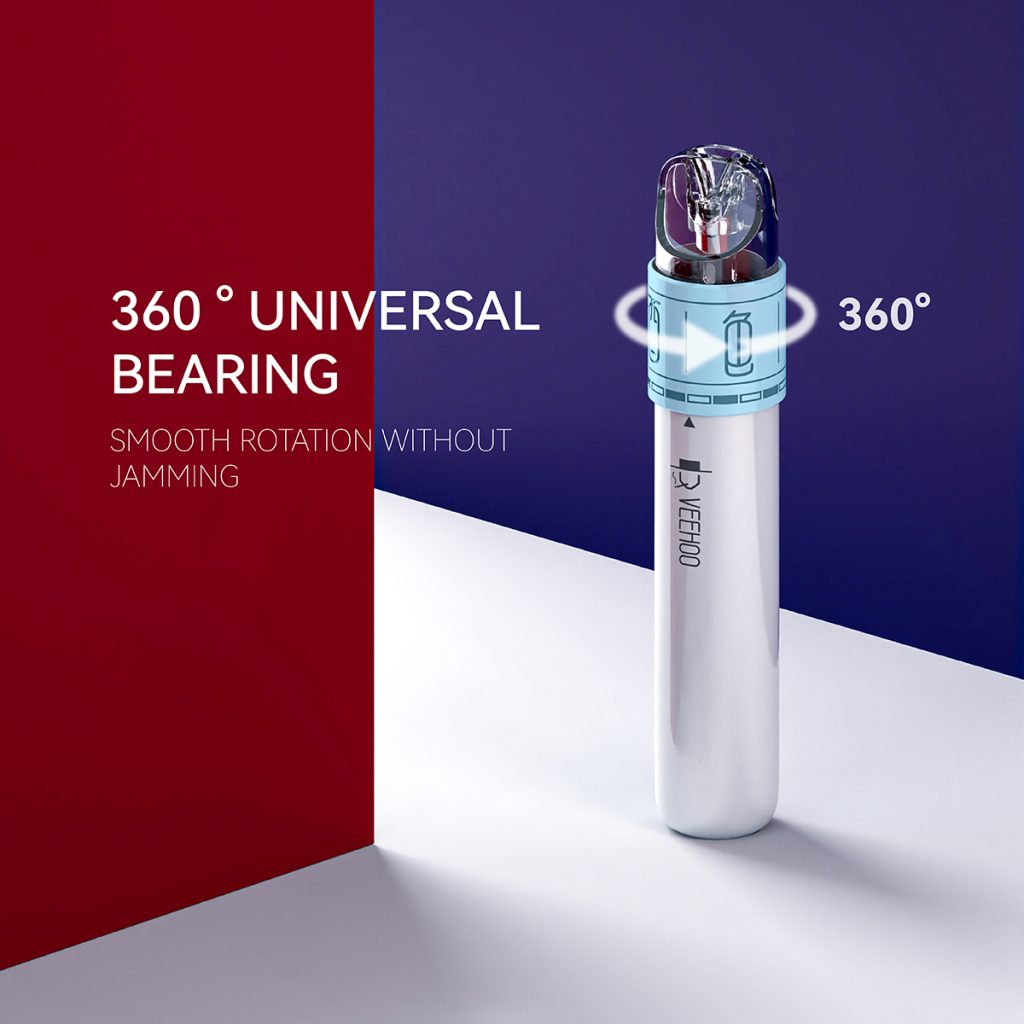In recent years, new tobacco products have developed rapidly in the international tobacco market. In comparison, combustible tobacco products seem to be somewhat silent. Philip Morris International CEO Jacques Olzak said: “Combustible tobacco products will go into museums in the future.”
However, this may not be the case. While some consumers are gradually switching to new tobacco products, the market still has demand for high-quality combustible tobacco products. Many consumers believe that new tobacco products do not give them the same experience as combustible tobacco products. Moreover, in many parts of the world, new tobacco products are out of reach of consumers.

In 2022, Philip Morris International sold 621 billion cigarettes. Cigarette sales in Africa and the Middle East increased by nearly 5% year-on-year, cigarette sales in the Americas increased by 2% year-on-year, and cigarette sales in South and Southeast Asian countries increased by nearly 5% year-on-year. 1.5%; British American Tobacco sold 605 billion cigarettes globally; after experiencing five consecutive years of sales decline, Imperial brand cigarette sales increased by 35 percentage points year-on-year in its five main markets last year; Japan Tobacco sold 519.4 billion cigarettes; Korean Tobacco Company continued to maintain its first position in the domestic tobacco market with a market share of 65.4%. Sales of combustible tobacco products outside South Korea increased by 47.2% year-on-year, with most of the increased sales coming from South America. countries and Indonesia. In the fourth quarter of 2022, Indian Tobacco Company’s cigarette sales increased by 15% year-on-year. Statistics show that in 2022, the U.S. tobacco market will reach US$82.7 billion, the Indonesian tobacco market will be US$33.1 billion, the German tobacco market will be US$30.5 billion, and the Japanese tobacco market will be US$24.9 billion.

Although many alternatives to combustible tobacco products continue to come on the market, there is still current market demand for combustible tobacco products. If the sale of cigarettes were to be stopped, the illegal cigarette trade would likely increase significantly. When there is demand for a product and supply is scarce, the black market thrives. Currently, even when tobacco companies are able to legally produce and sell cigarettes, illegal cigarettes remain a thorny problem that appears to be getting worse.
Illegal cigarettes not only harm consumers but also reduce government tax revenue. The World Health Organization estimates that 1 in 10 cigarettes sold worldwide comes from the illegal tobacco market. Commissioned by Philip Morris International, KPMG recently released a European illegal tobacco trade report showing that in 2022, illegal cigarette consumption in the EU increased by 300 million year-on-year, with France’s illegal cigarette consumption accounting for the proportion of the entire EU region. is 47%. These illegal cigarettes caused a tax loss of approximately 11.3 billion euros (1 euro is approximately 7.74 yuan). In Ukraine, illegal cigarettes account for 20% of the total cigarette market, with the number reaching 7.4 billion, setting a historical record for the country. The latest data from the Malaysian Tobacco Manufacturers Alliance shows that illegal cigarette sales in the country account for 55.3% of the entire market so far this year, down 1.3% from the same period last year. Research reports show that illegal cigarette sales in South Africa account for 54% of the market share. British American Tobacco South Africa stated that almost 70% of all cigarettes consumed in South Africa are illegal products. According to British American Tobacco Kenya, illegal cigarette sales accounted for 25.5% of the country’s market share last year, a significant increase from 11.3% three years ago.

Cigarettes from regular tobacco companies must meet relevant standards and be produced in cigarette factories with advanced technology and equipment. The quality of fake cigarette products is not guaranteed, which will harm consumers. The same is true for the vape industry. For example, VEEHOO vape, as an vape brand with ten years of experience in this field, has been committed to providing high-quality, innovative vape products and actively implementing industry regulations and supervision. A good choice for vape enthusiasts
For tobacco companies, even though they continue to enrich and diversify their product portfolios and strengthen investment and research into new tobacco products, combustible tobacco products are still their main business. Philip Morris International has proposed a development strategy of a “smoke-free future”. However, it is combustible tobacco products that provide most of its operating income. It is these revenues that drive the company’s exploration of a “smoke-free future”. Tobacco companies such as Altria Group, British American Tobacco, Reynolds PLC, Japan Tobacco, Korea Tobacco Company and Imperial Brands have implemented a more comprehensive development strategy. They will continue to sell their combustible tobacco products while selling their new tobacco products. products.

The reality is that any new tobacco product cannot skip regulatory measures before it is marketed. In addition to the time required for R&D and innovation, bringing new tobacco products to market also requires regulatory approval, which often takes several years. This means it will take more time for consumers to completely switch from combustible tobacco products to new tobacco products. During this transition, consumers will still need combustible tobacco products. Therefore, reducing the demand for combustible tobacco products is possible in the foreseeable future, but completely eliminating it seems impossible.
Tags: tobacco,combustible tobacco,new tobacco,International tobacco product market development,veehoo vape
